Description
The Rupert Neve Designs RNDI’s signature sound is the product of new custom Rupert Neve-designed transformers and class-A biased, discrete FET amplifiers. The carefully orchestrated union of these two elements is key to the RNDI’s unique response, delivering a powerful and vibrant direct sound capable of reproducing the full harmonic depth of basses, guitars, acoustic instruments, and professional line-level sources. With a portable, powerful, larger-than-life tone for your instrument and amplifier signals, the RNDI is truly the first standalone DI worthy of the Rupert Neve name.
The Development
After coming into existence during an experimentation with new transformer designs, the RNDI was fine-tuned over a series of listening tests against the most popular high-end DIs available. It was in these tests that the RNDI always seemed to add another dimension to the sound and bring the instruments to life. The lows felt richer, deeper, and fuller, and the highs had outstanding clarity without any added harshness. Most importantly, the design team noted: “As musicians, the RNDI consistently stood out as the DI we wanted to play through.”
The Elements of Direct Tone
The RNDI’s signature sound is the product both of new custom Rupert Neve-designed transformers and class-A biased, discrete FET amplifiers. The carefully orchestrated union of these two elements is key to the RNDI’s unique response.
The transformers provide superior passive isolation while adding musical harmonics and dimension to the sound. The low impedance, transformer balanced output excels at driving long cable runs, and performance is immensely consistent regardless of the connected equipment. This is very important for both live and studio environments where the unamplified signal may travel almost 100ft before hitting an amplifier. In other designs, these high capacitance lines cause major reductions in high frequencies, however, the output stage of the RNDI is unrivaled at handling long runs with minimal losses.
The class-A and discrete FET amplifier in the RNDI are powered by industry-standard 48V phantom power on the XLR connection and create a very high impedance input of 2M Ohms that ensures consistent performance with a wide variety of instruments. The significance of the RNDI’s class-A design is that there is no crossover distortion added to the signal, which can add upper-order odd harmonics to the sound that is musically dissonant in nature. With the RNDI, the overwhelming majority of harmonic content is 2nd order (octave) with some 3rd order present (a fifth above octave). These musically relevant harmonics – present in subtle amounts – actually add to the richness of the original signal. The discrete aspect of the RNDI design means there are no ICs or digital components that can have negative effects on the tone.
These efforts to harmonize the performance of the transformer and the FET amplifier have resulted in the RNDI’s extremely well-balanced response. The low-end tonality is thick and powerful, with frequency response several octaves below audibility. The high end is clear, present, and smooth, with a frequency response extending beyond 100kHz. The phase coherence is unrivaled at all frequencies, which keeps the sound as natural as possible – especially vital when blending the direct signal with a microphone capture of the same source. Simply put, there is no DI ever made that performs like the RNDI.
Game-Changing Headroom
In instrument mode, the RNDI’s high input headroom of +21.5dBU is capable of handling not only instruments but professional, line-level sources like interfaces, CD players and drum machines without a pad. This allows the RNDI to serve as a way to “Re-Preamp” any previously recorded track using your interface and a desired pre-amp. To do this, simply connect a channel output of the interface to the input of the RNDI and connect the RNDI’s output to the preamp and engage 48V. By “Re-Preamping” you can apply the tone of another preamp to the source and more accurately automate or control the drive level on the preamp.
In speaker mode, the RNDI can handle the screaming output of a 1000-watt power amplifier (92 Vrms or 266Vp-p) to capture the full tone of the instrument, preamplifier, EQ, inserts, and the amplifier’s output stages before it hits the speakers. This technique allows the engineer to avoid any bleed in a live environment and any unwanted tone added by the speaker cabinet or microphone. When used with modern speaker emulation plug-ins, this technique allows the engineer to take advantage of both the flexibility of digital modeling and the superior non-linear response of an actual analog amplifier.
Speaker and Instrument Mode User Notes
In a speaker feed configuration, the DI is used as a post-power amplifier to capture the tone of the preamp and power amp. Be sure to switch the RNDI input level to the speaker and connect the amplifier and speaker BEFORE turning the amplifier on.
Note: with tube power amps, THE SPEAKER MUST BE CONNECTED to the THRU connection to provide a load for the amplifier. Please read your amplifier’s manual to discern its range of acceptable loads. Solid-state amps can generally be run without a speaker connected, although you should always consult your amplifier’s manual to be sure. The RNDI can handle the full amplified output of a 1000W amp, so you can confidently drive the output stages of any amp less than 1000W to get your desired tone.
In an instrument configuration, the DI converts the impedance of the instrument signal, balances the signal (if unbalanced), provides a buffered output stage to send to a separate mic preamp, and optionally sends the THRU connection to the amp input. To get the best performance out of your RNDI, we recommend you use the best available cables and mic preamps and output the maximum level from your instrument. The instrument connects to the IN jack, and if you want to feed an amplifier, connect the THRU output to your amplifier’s input. The output of the RNDI in both instrument and speaker mode feeds a separate preamp for final gain.
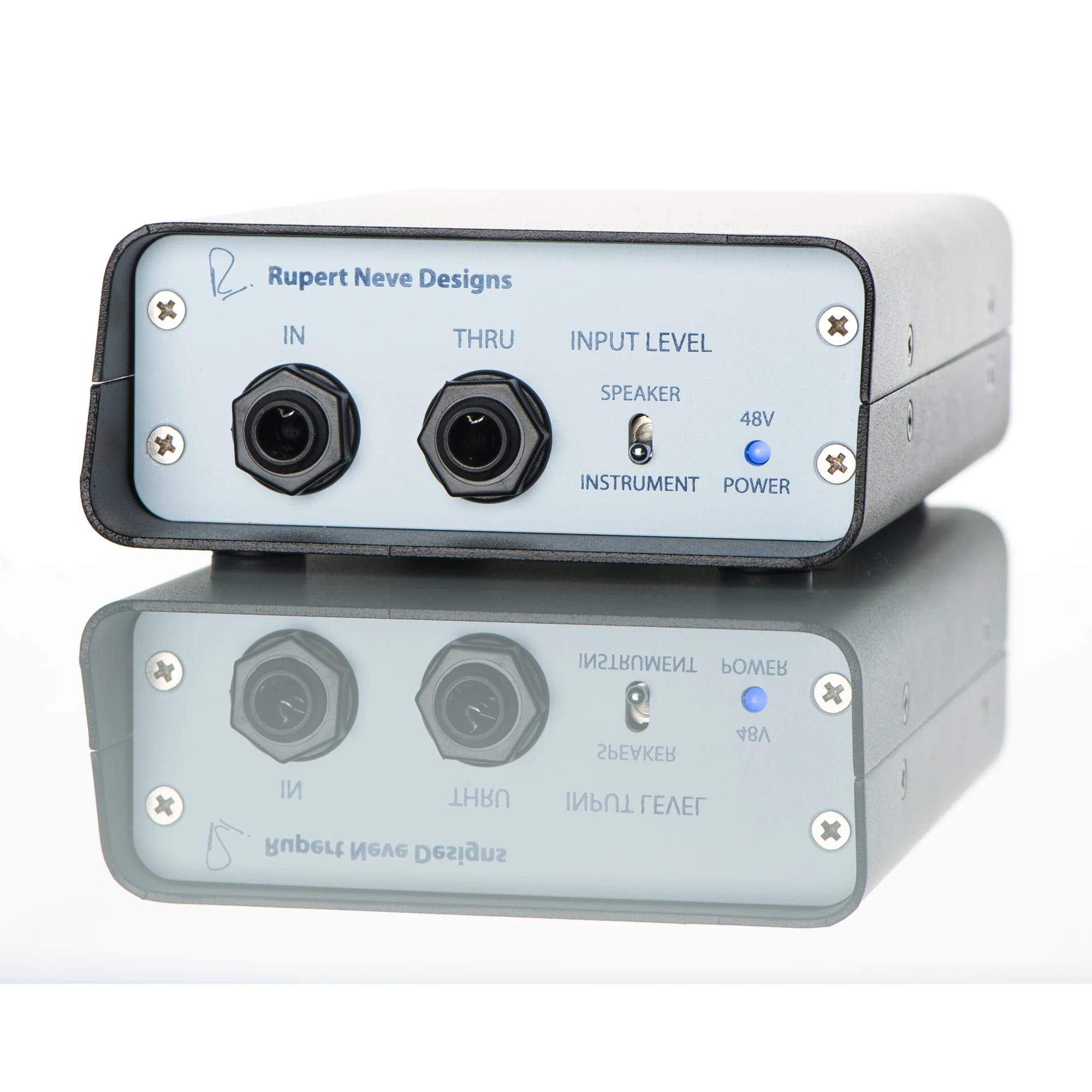
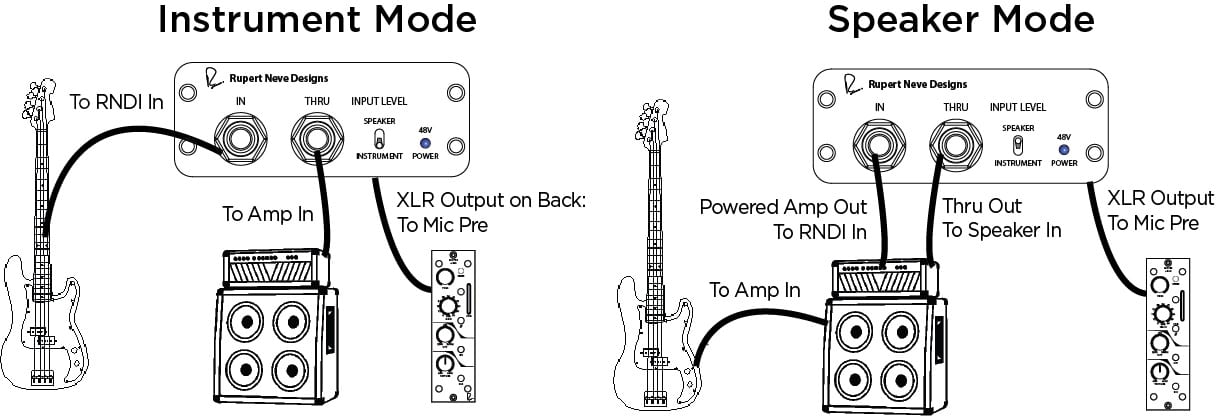
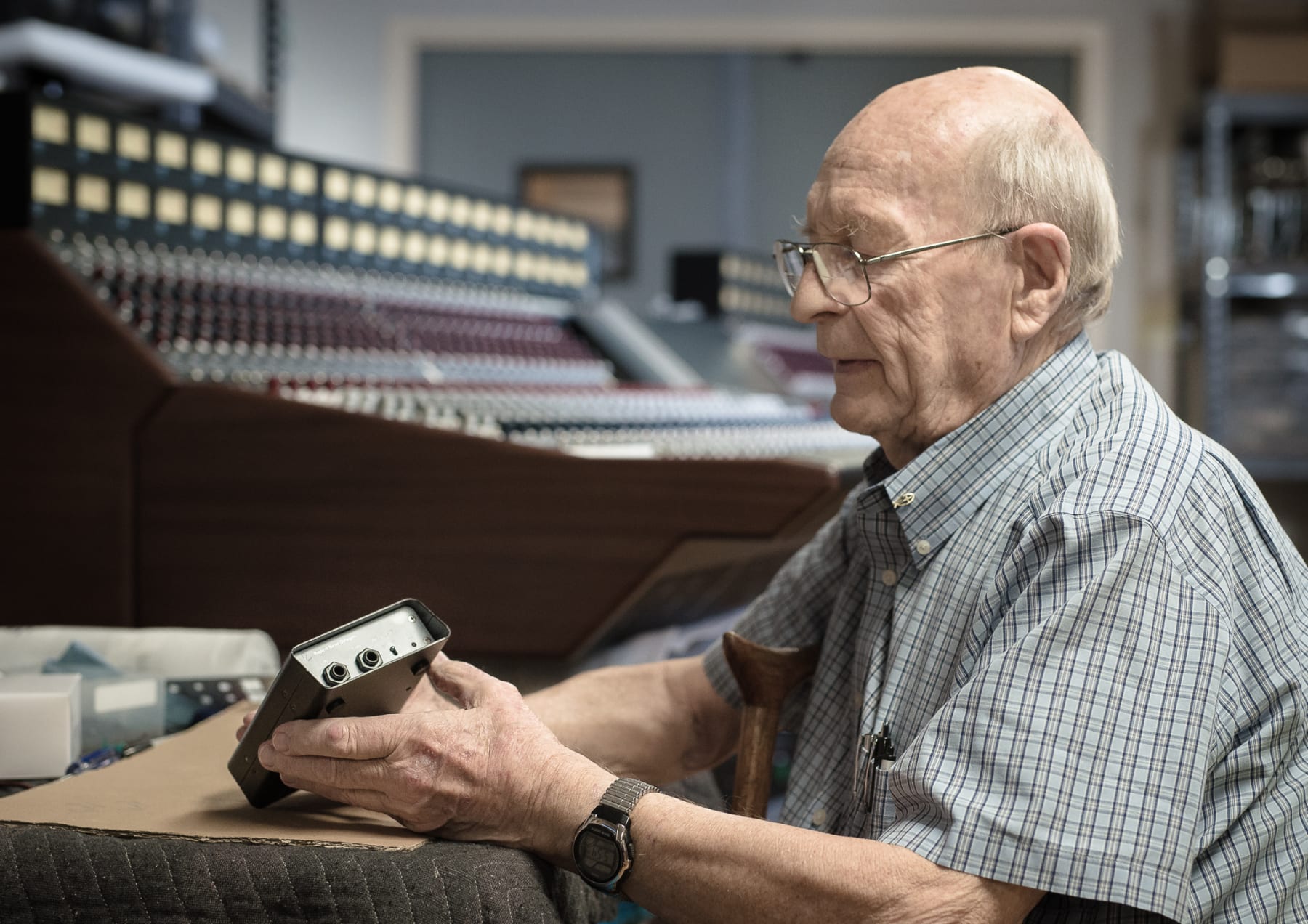
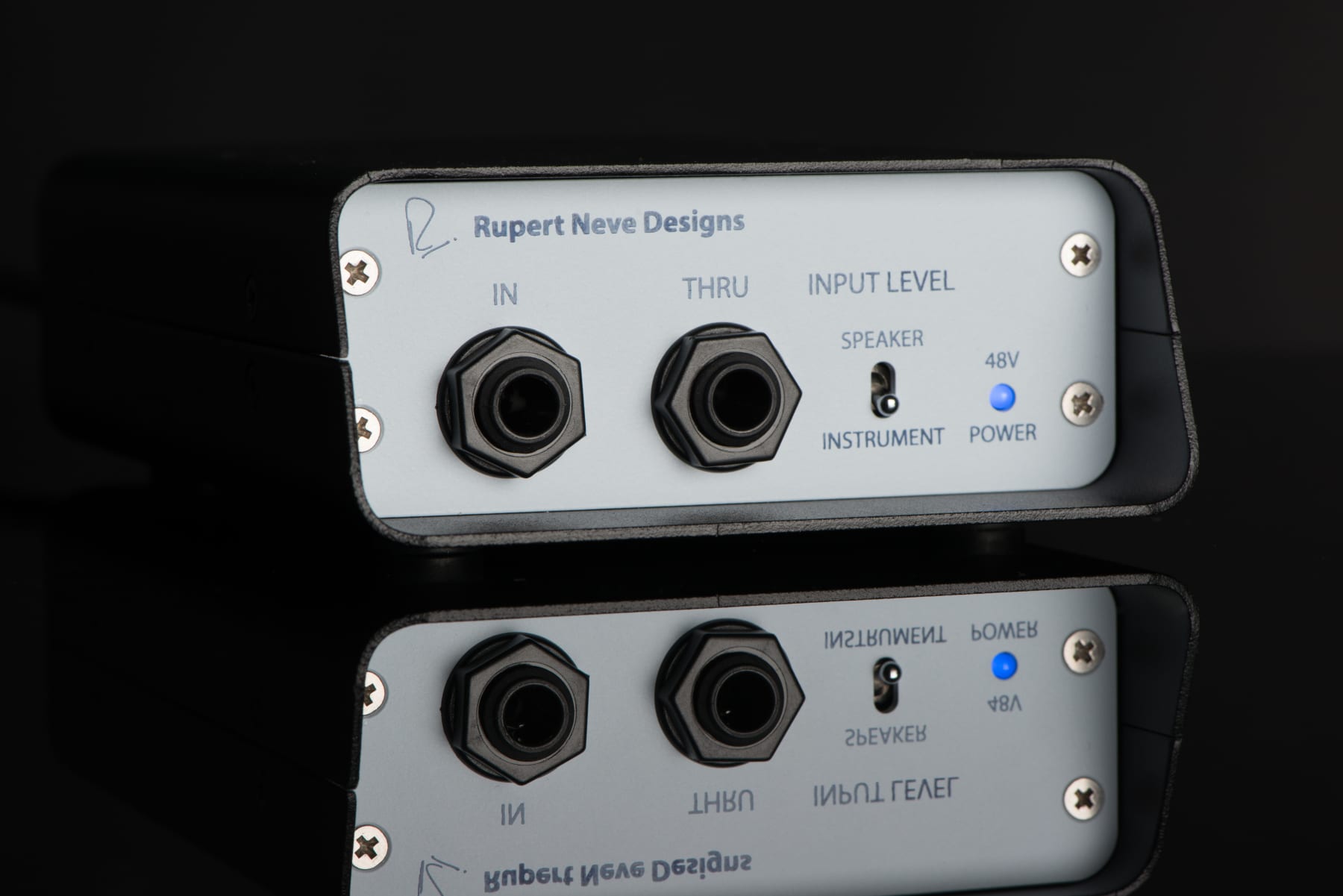
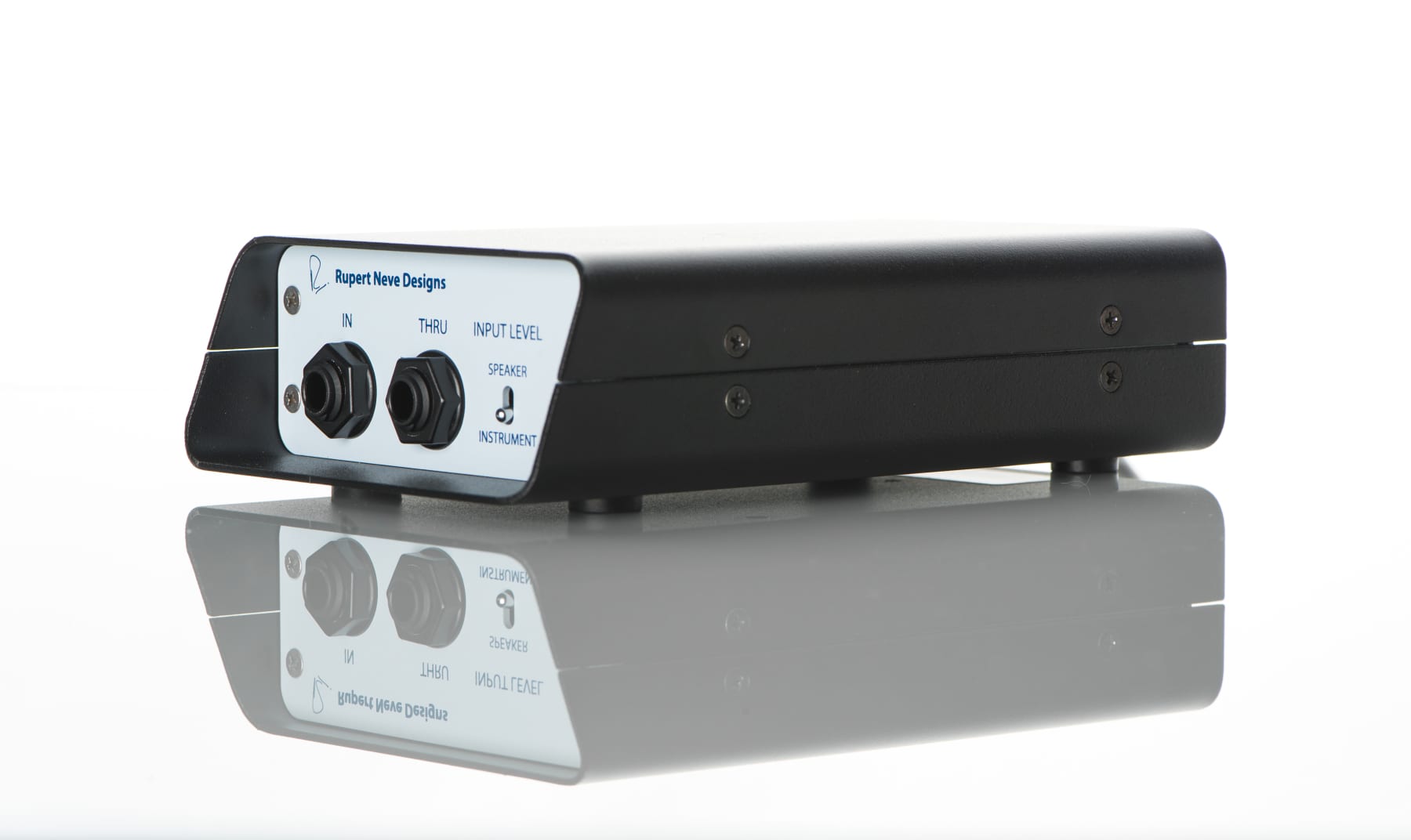
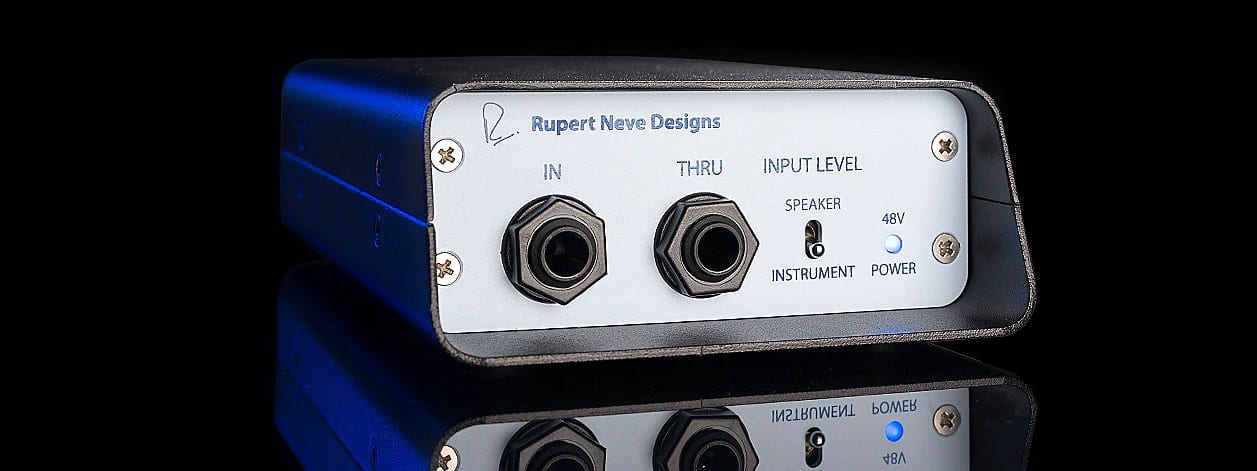
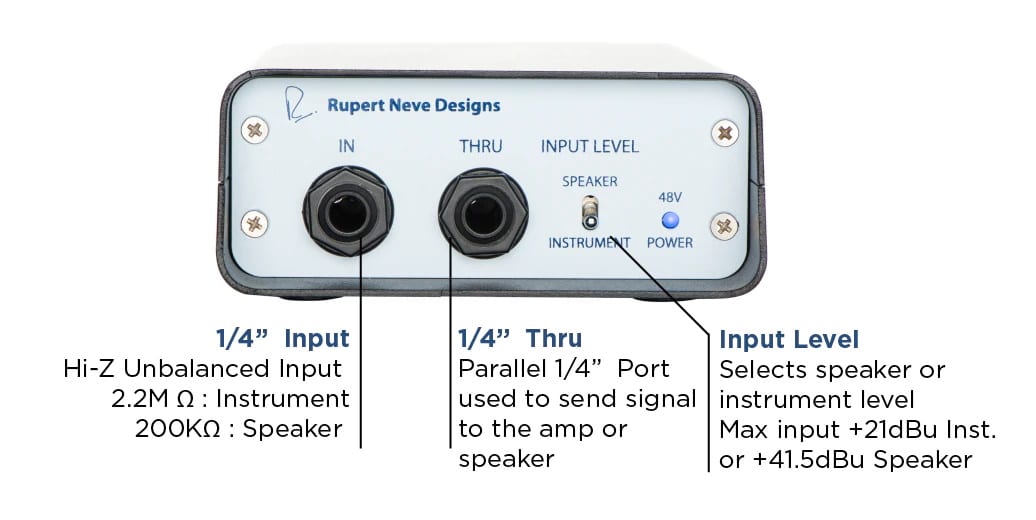




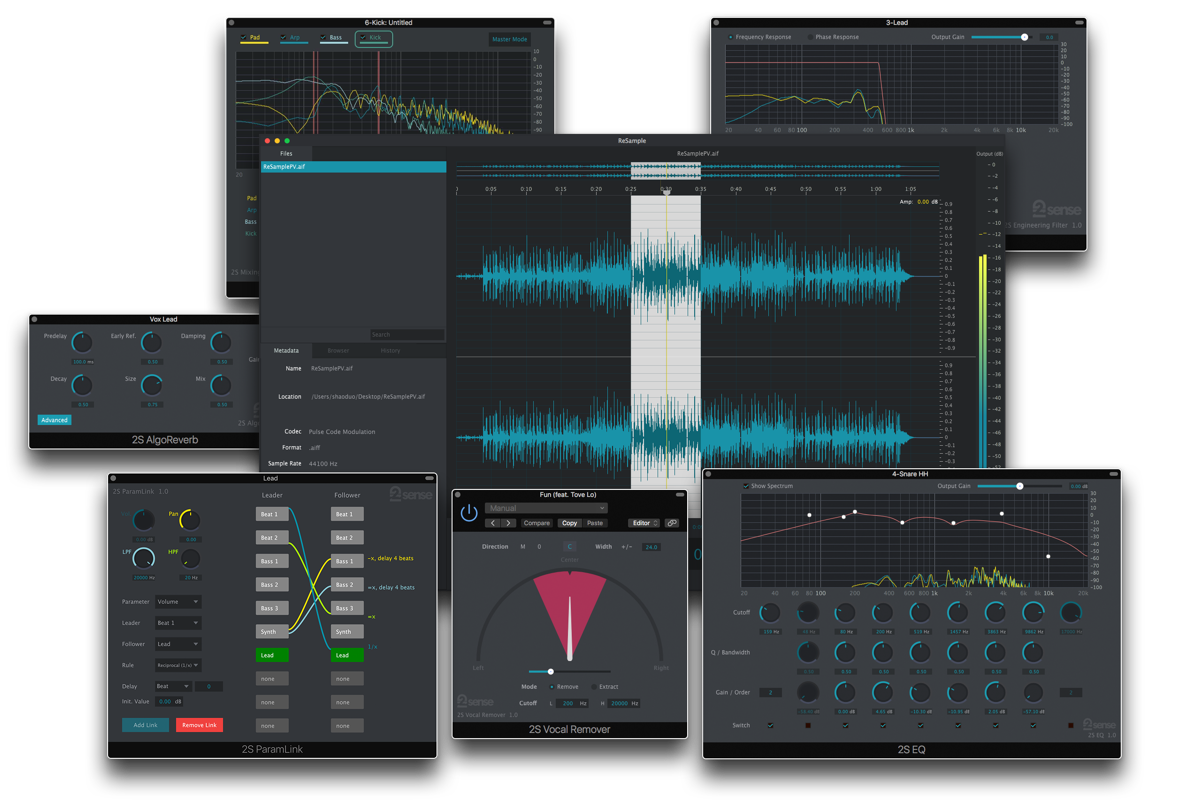
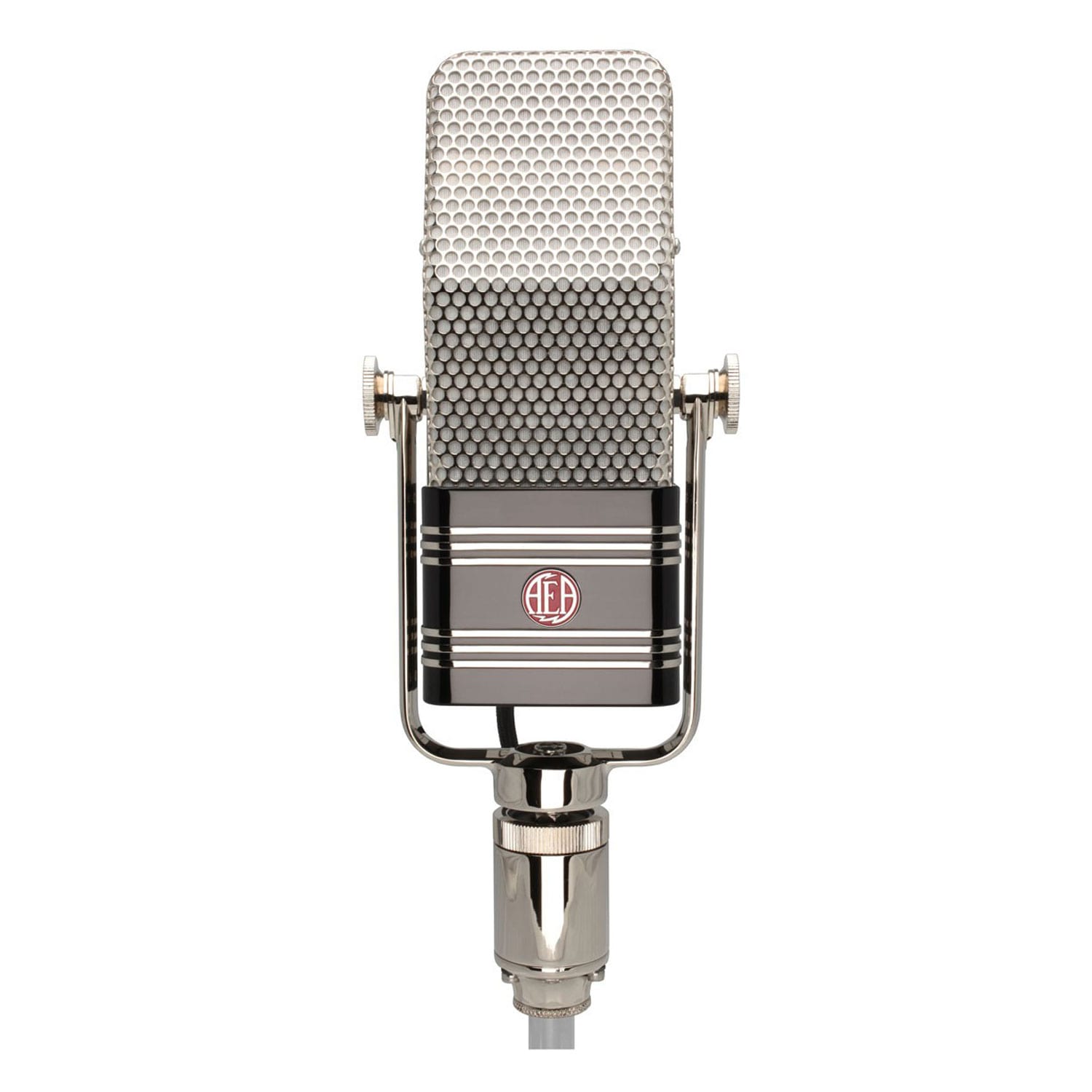

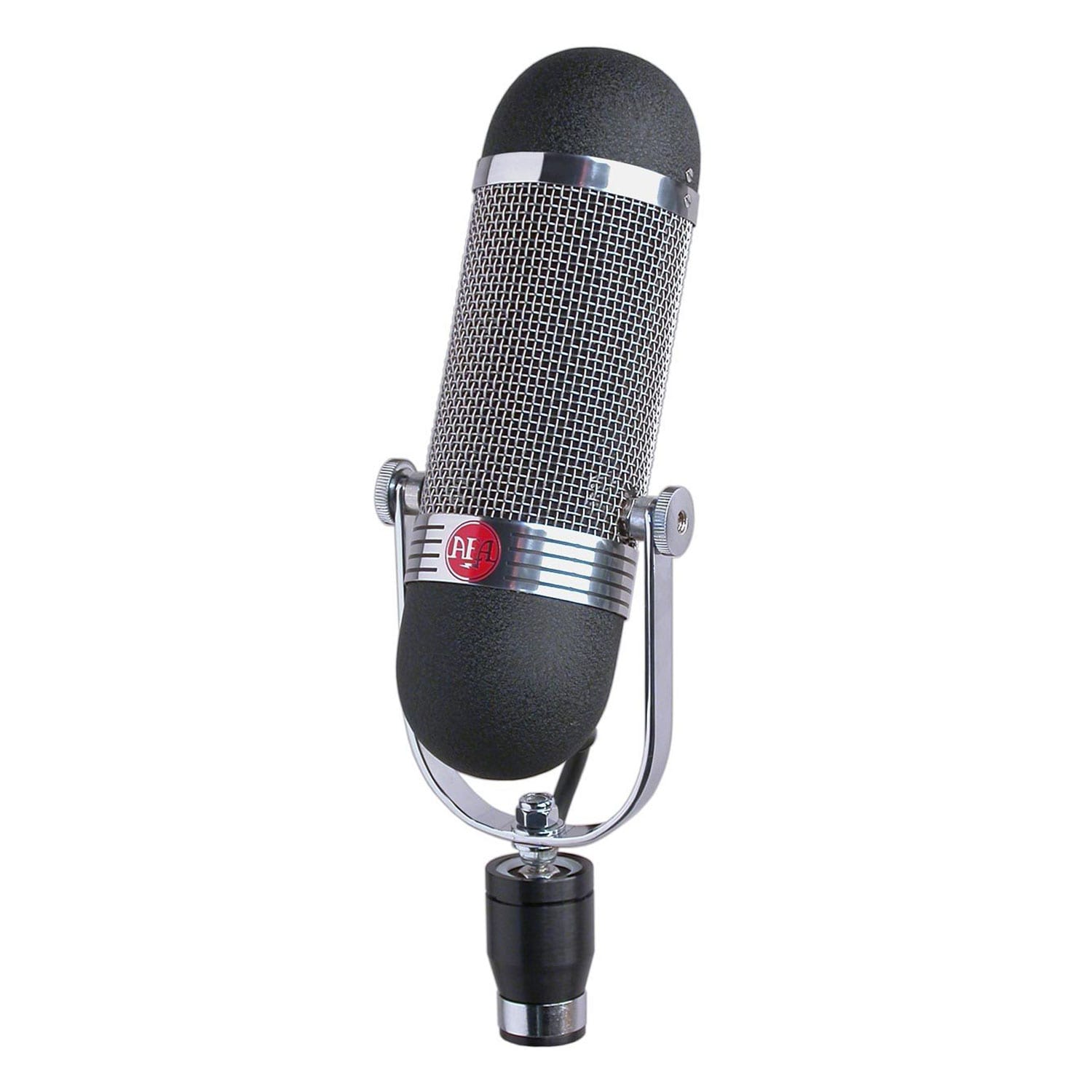

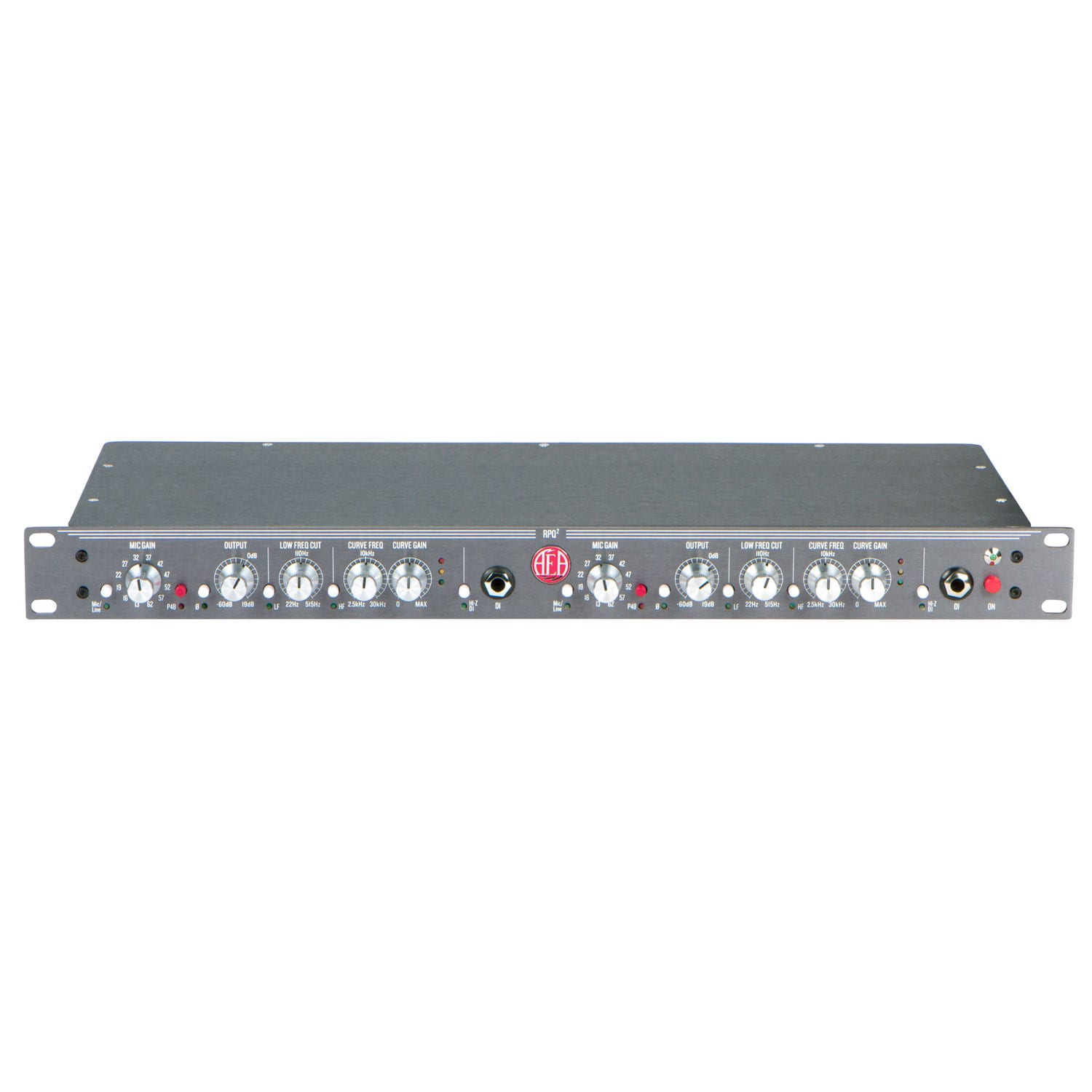

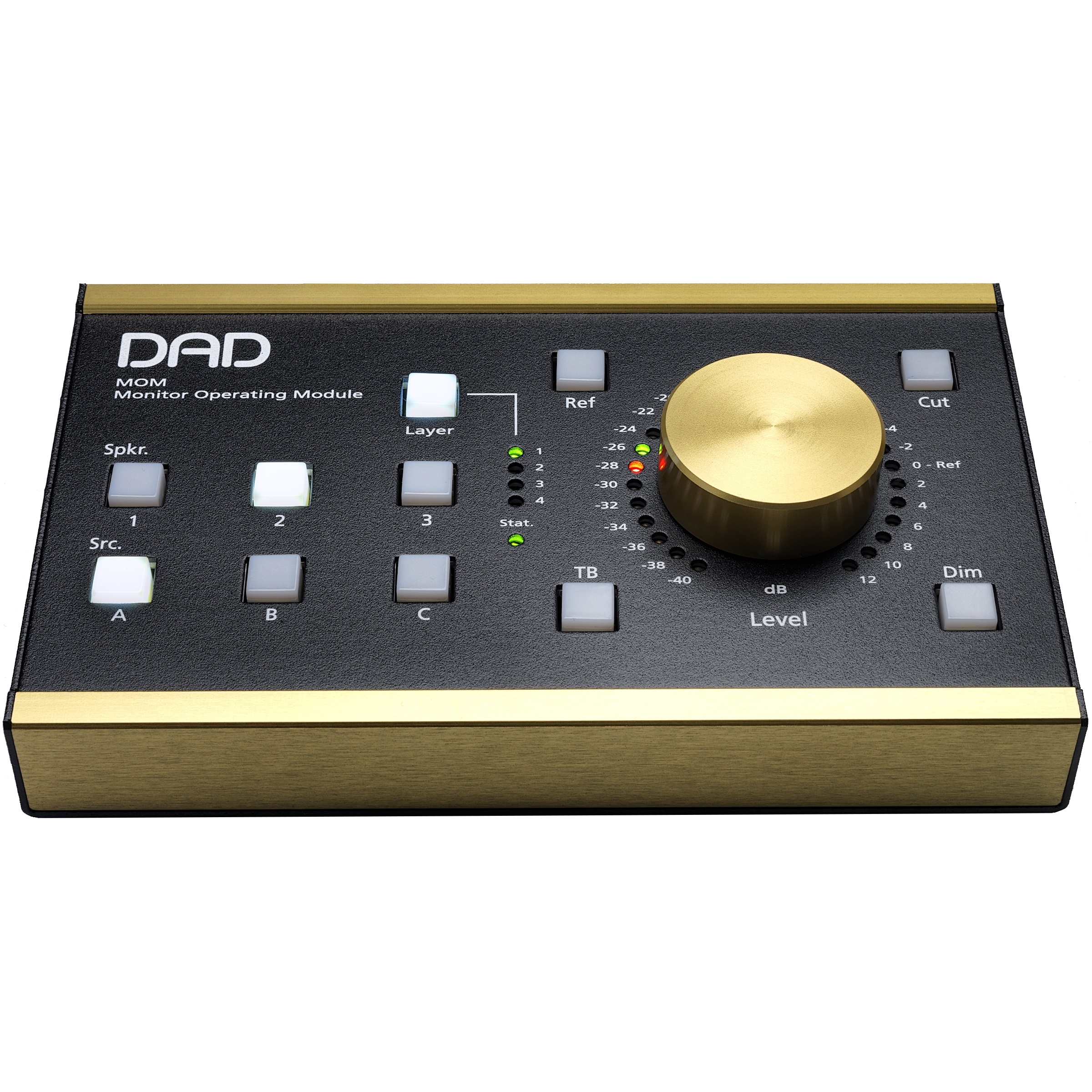
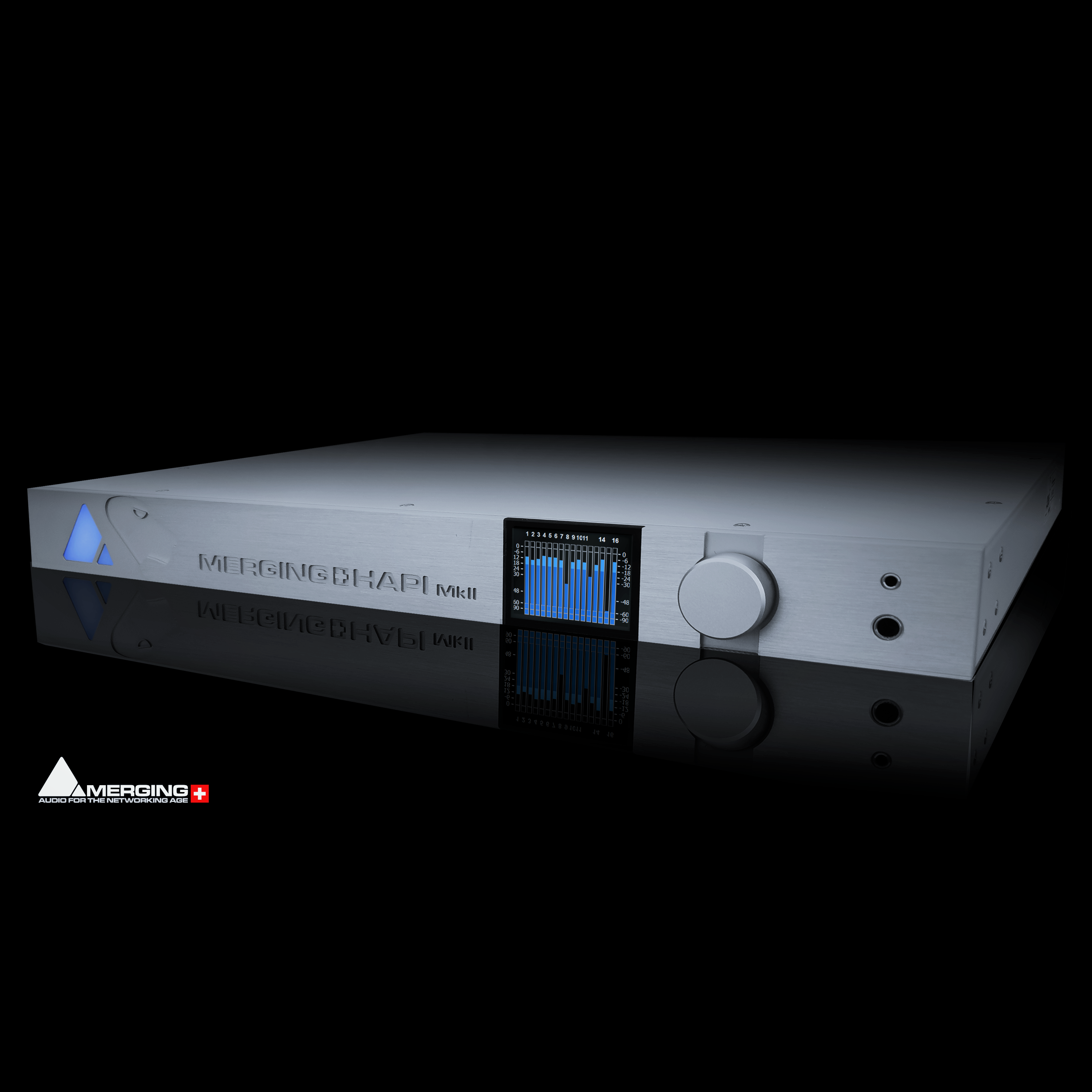

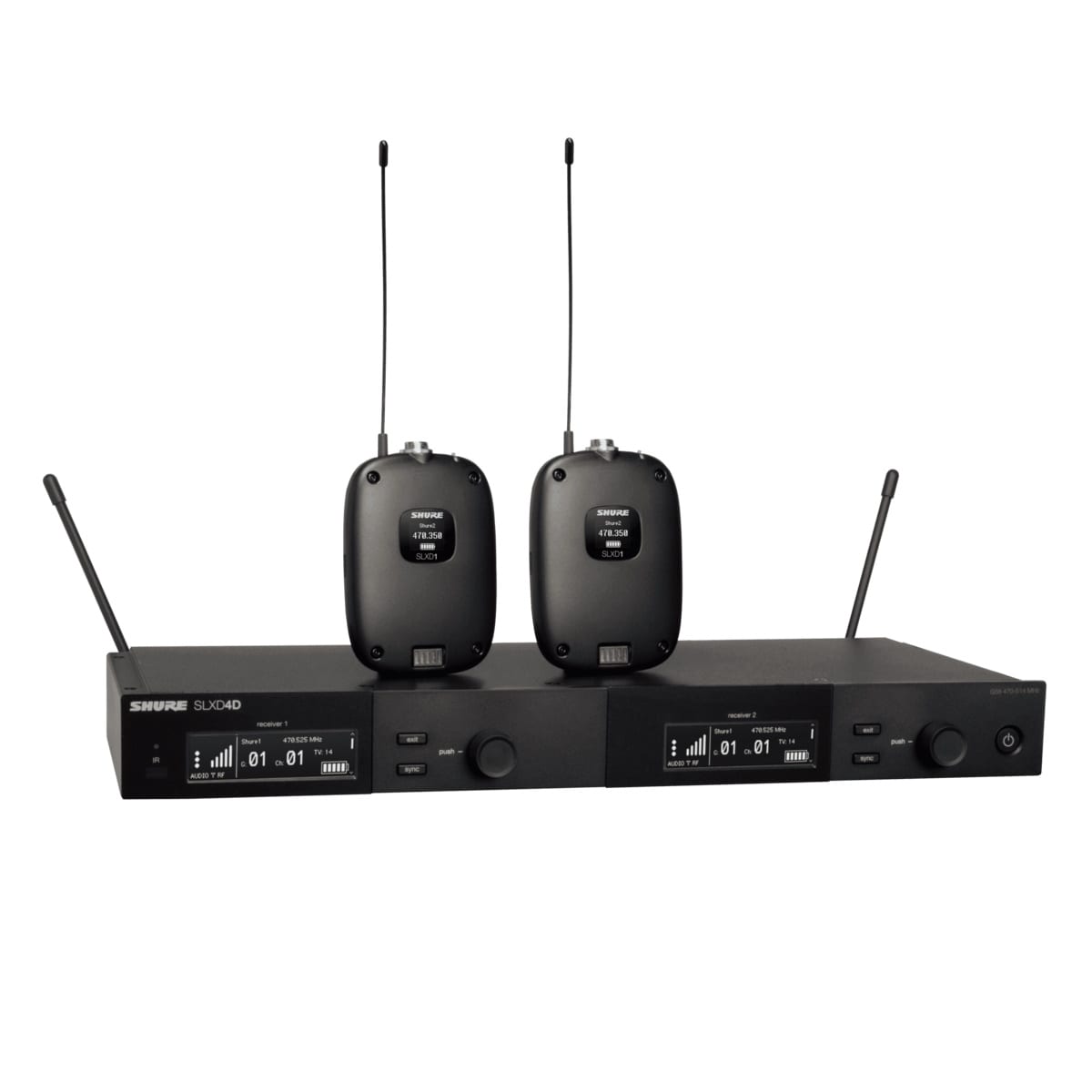
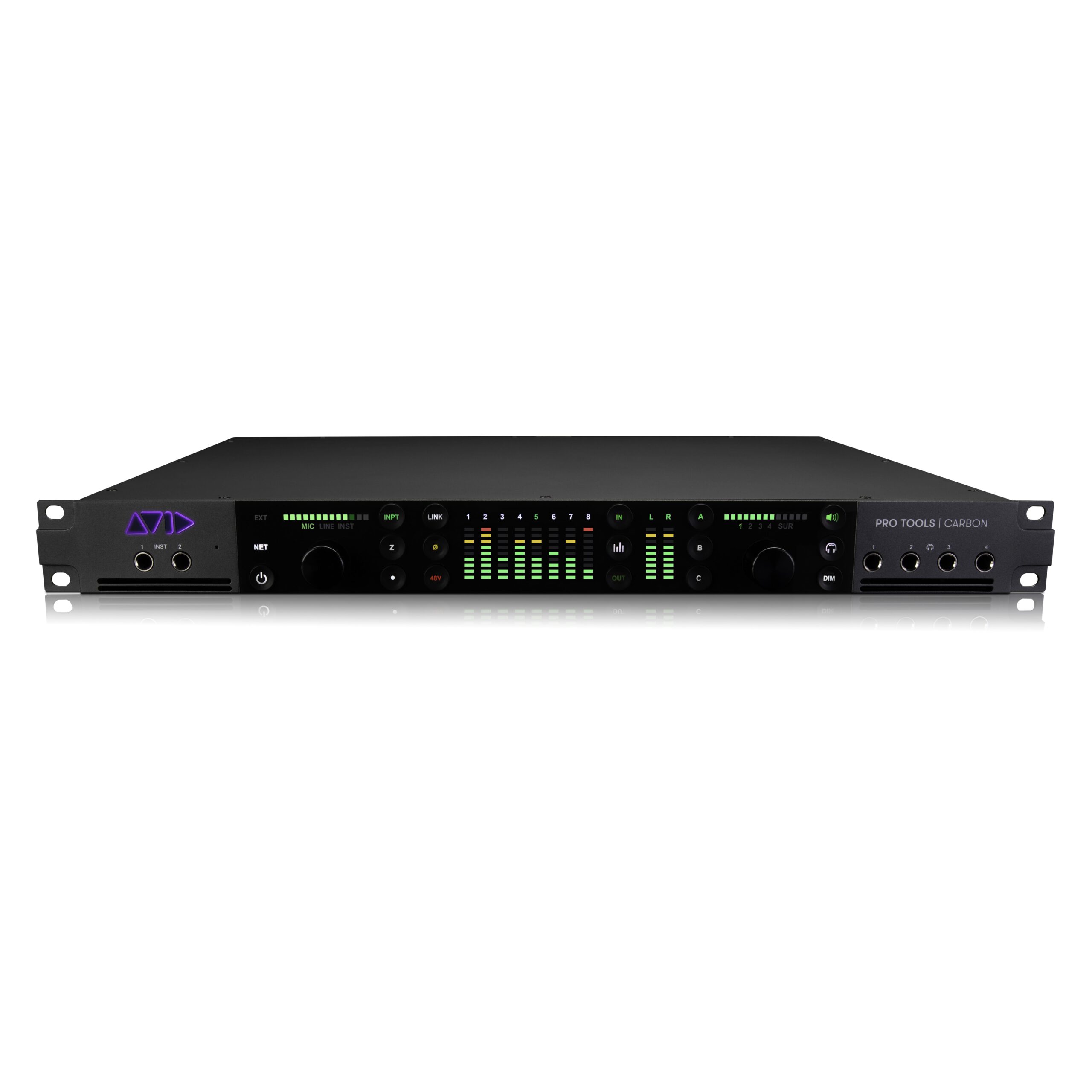
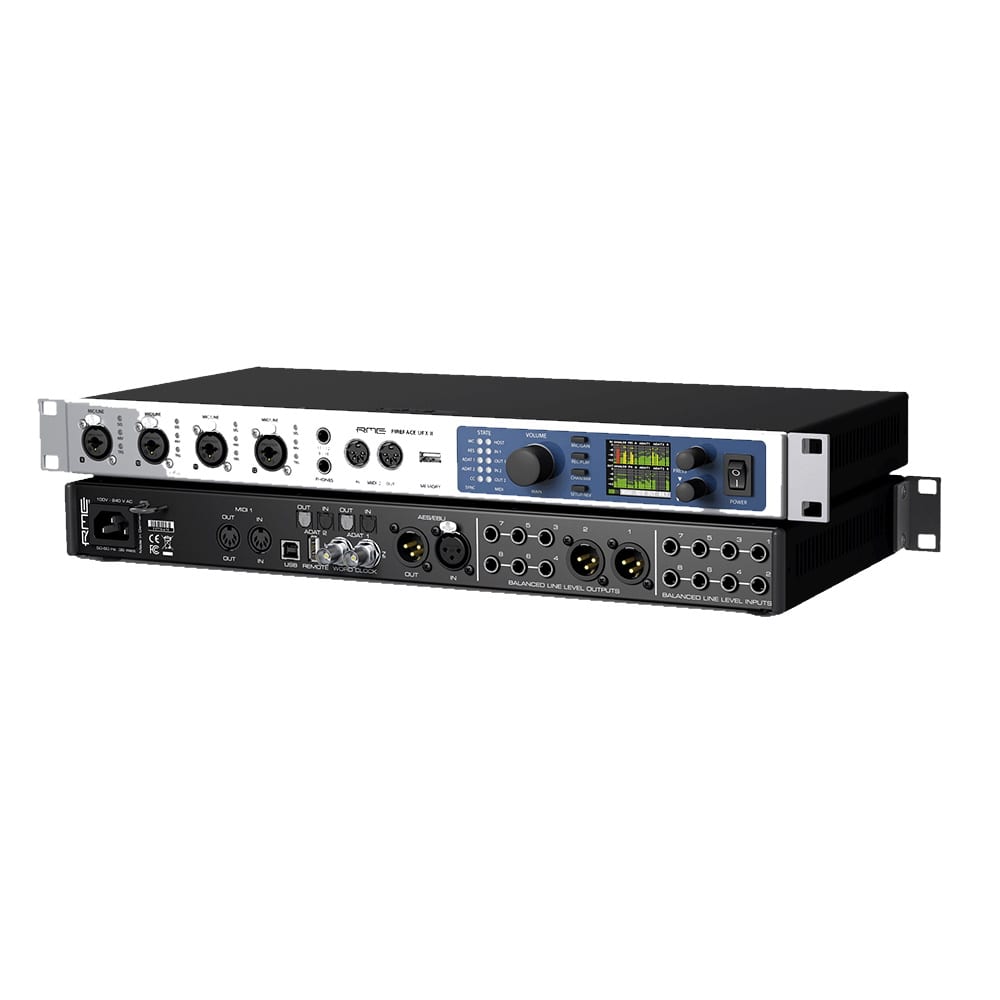
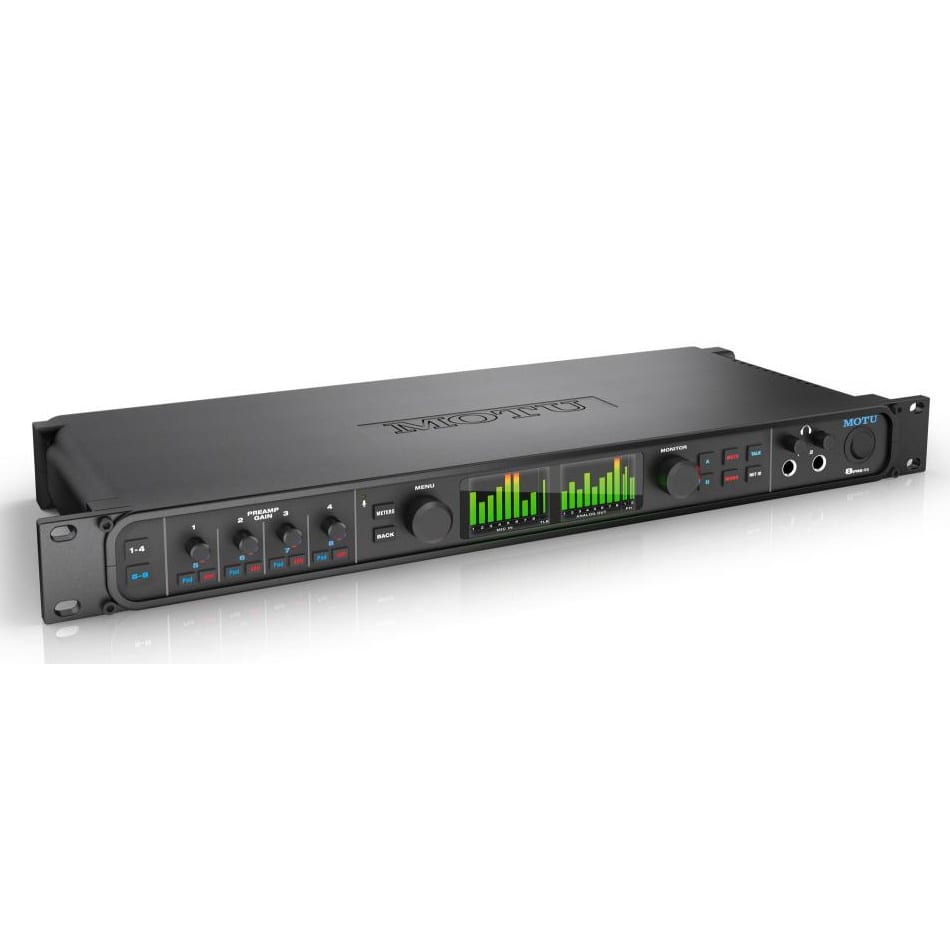
Reviews
There are no reviews yet.